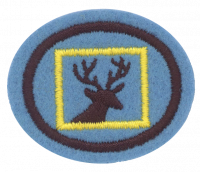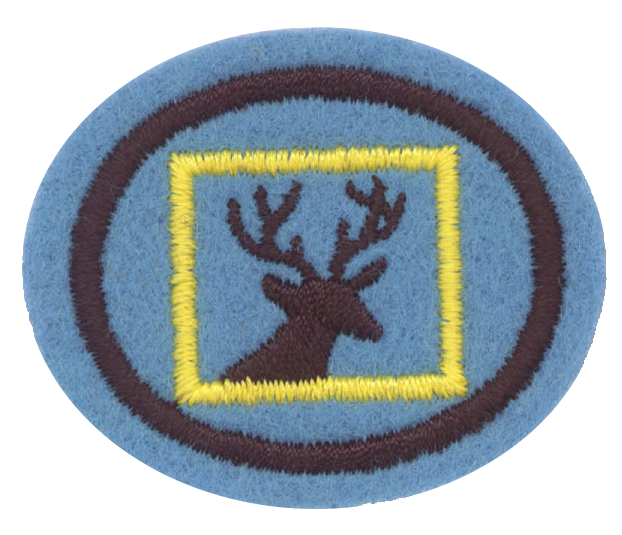Especialidades JA/Pintura sobre vidrio/Respuestas
Nivel de destreza
1
Año
1938
Version
22.12.2025
Autoridad de aprobación
Asociación General
1
2
- Vaso
- Pintura
- Pinturas transparentes: permiten que la luz pase a través de ellas.
- Pinturas opacas: logran el color deseado, pero no son transparentes.
- Otros medios para efectos helados, iridiscentes o crepitantes.
- Pincel
- Esponjas: se pueden utilizar en lugar de o además de los pinceles. Buenas para si quiere pintar toda una superficie de un solo color.
- Alcohol isopropílico: para limpiar el vidrio antes de pintar. ¡No pinte vidrios sucios!
- Toalla de papel: también para la limpieza.
- Estarcidos adhesivos (opcional)
- Patrones: se pueden colocar en el interior de un vaso y luego se puede copiar el diseño (similar al trazado).
- Enganches y cuerdas con algún método para adjuntarlos a su obra de arte.
3
4
5
This art form has been around for many years. A number of clock faces were created using this technique in the early to mid 1800s, but it started to become popular again in the late 1990s. The painting can be realistic or abstract. Realistic reverse paintings are more challenging to create as one must, for example, in painting a face, to put the pupil of an eye on the glass before the iris, exactly the opposite of normal painting. If this is neglected the artist will not be able to correct the error as he will not get in between the glass and the paint already applied. No such care need be taken with the abstract form, but with this form you do not have a good idea what the piece will look like until you are finished painting it. This process is not like stained or leaded glass work in that it is not intended to hang in a window with light coming through the piece. Hanging on a wall, framed or unframed, with a lot of light directed towards the piece provides best viewing.


